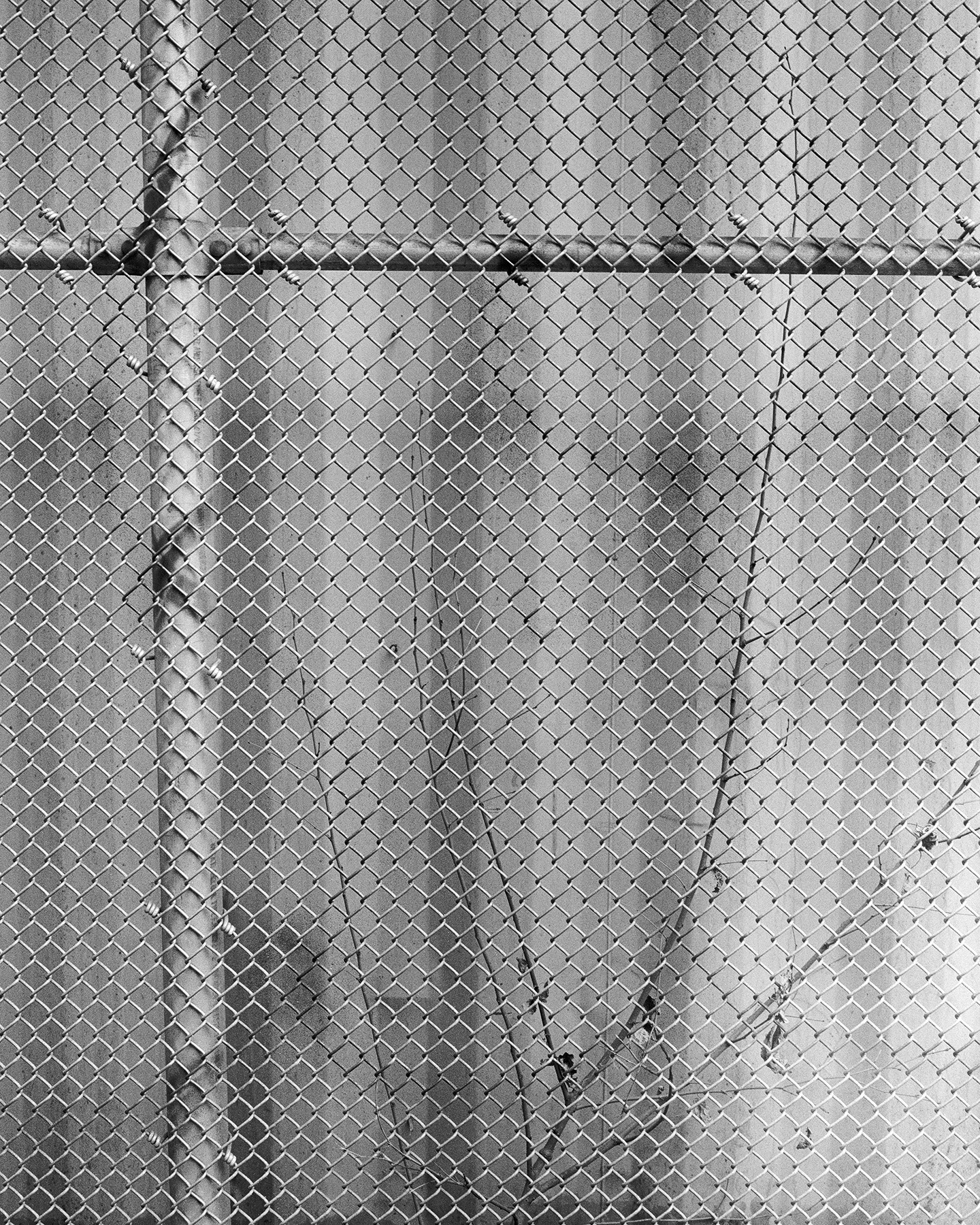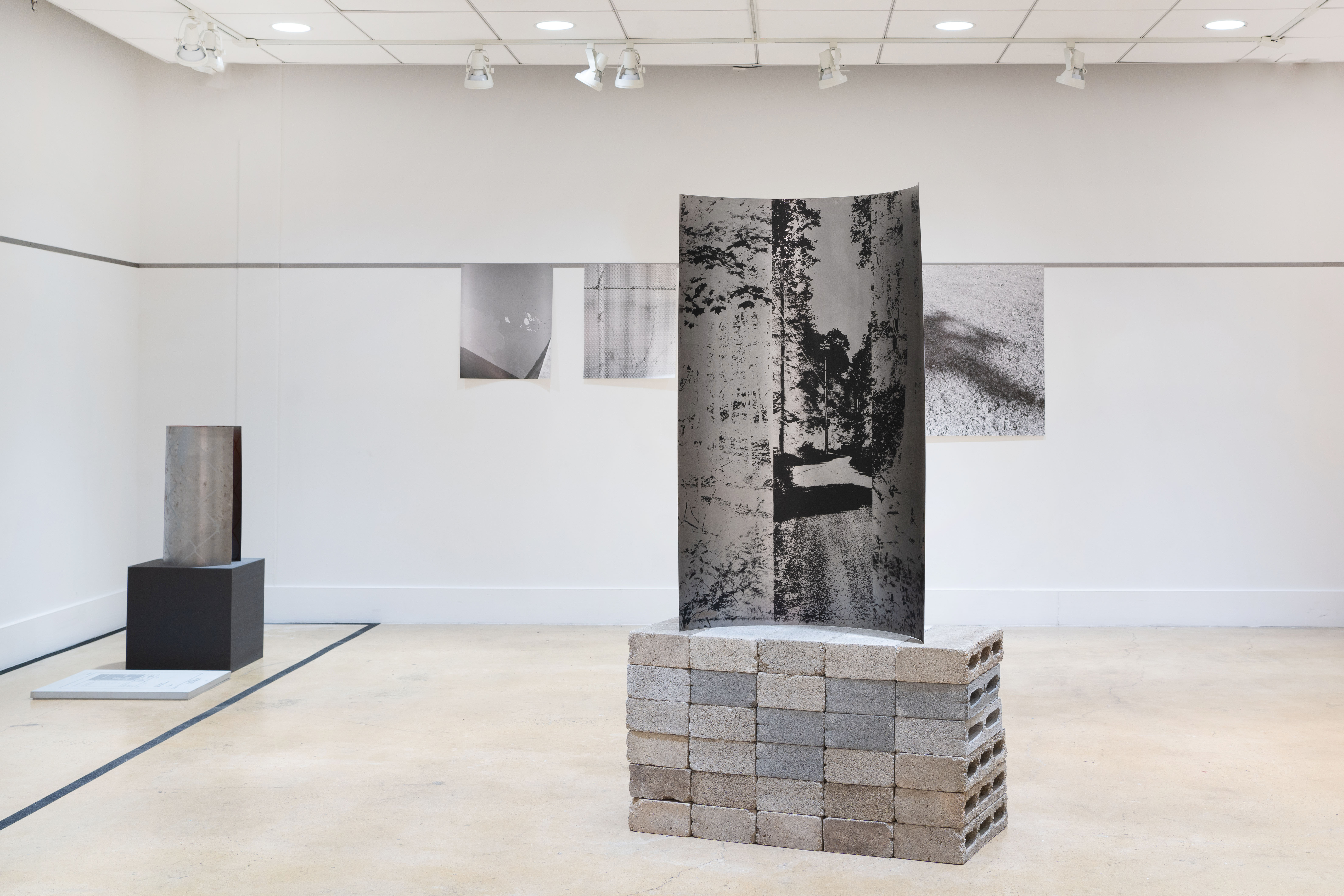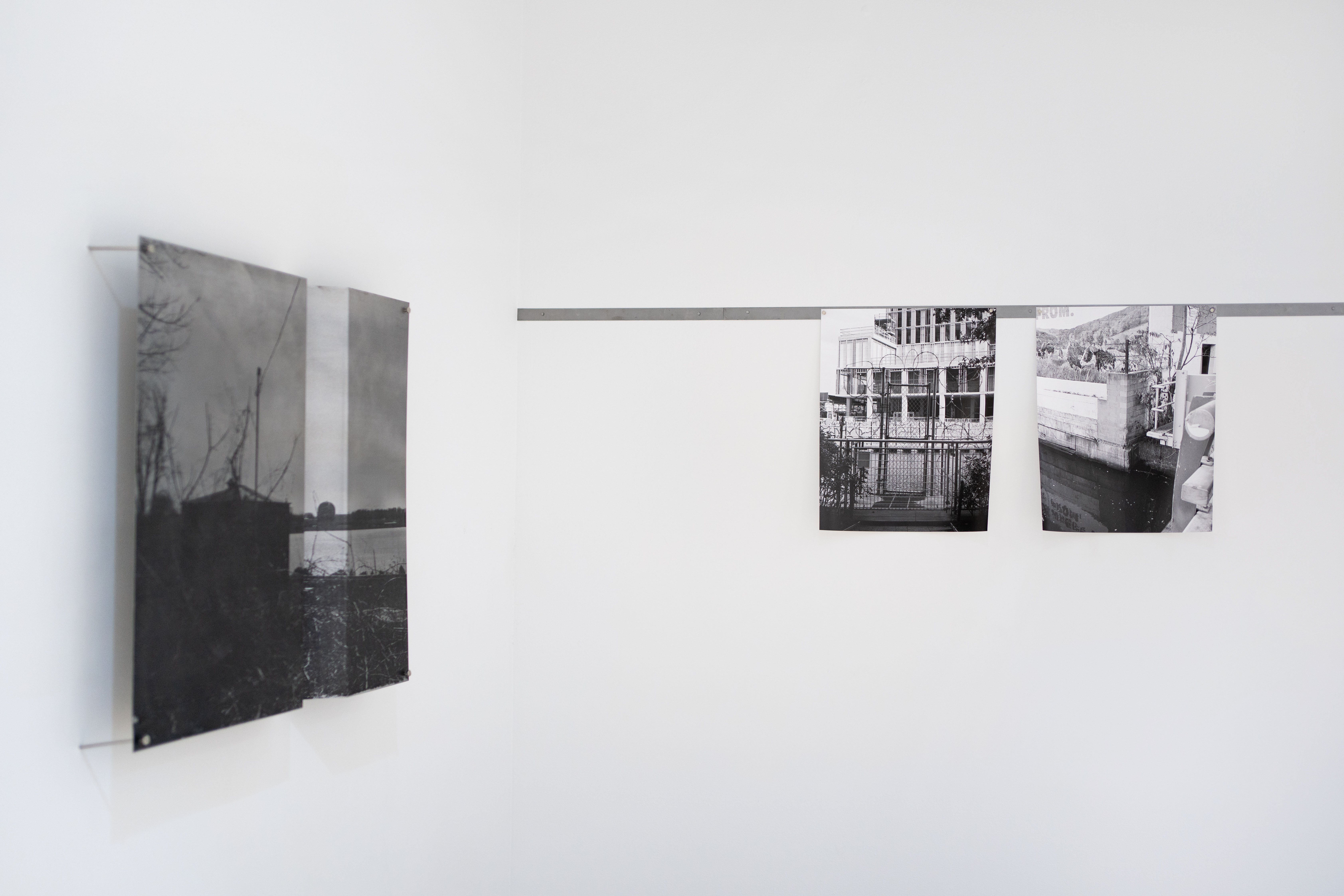

















Particular Attention
Pratt MFA Photography Thesis, Curated by Jody Graf
Pratt Photograph Gallery, Lower Level ARC, Brooklyn
May 2-May 10, 2024
Particular Attention is an exhibition of photographs and sculptures that reorient our relationship to New York’s histories of nuclear war and energy production to show its continued effects today. By placing works along the walls and free standing in the space, the viewer has to reorient their body while viewing the works. Alongside this reorientation, I unground and reground space through abstract and concrete monochromatic imagery used in the photographs and sculptures. This monochromatic color palette points towards the insidious nature of this history, and it’s often invisible or hidden environmental harm.
The work references three key sites: Indian Point Nuclear Power Plant in Buchanan, New York; 525 West 20th Street in Chelsea, New York and The Hanford Site in Benton County, Washington. Upon entering the show, the viewer encounters their reflection on the back of a polished steel sculpture, entitled Old Albany Post Road, Phillipstown, New York, freestanding in the space. It’s screenprinted image shows a panoramic stitching together of three images of a siren site in the Emergency Planning Zone of Indian Point Nuclear Power Plant. The other metal curved and corrugated sculptures reference industrial forms like storage drums, safety cones and fences found on these sites. While the screenprinted images on the sculptures combine original photographs of the sites' landscapes, infrastructure and workers with archival images of the sites' past floorplans and residents.
The eight photographs pinned along a room length metal bar suggest the possibility of a rearrangement and revision of our understanding of our environment’s nuclear war and energy production history. A key photograph hung in installation, Siren’s Shadow, depicts an emergency siren at Indian Point flattened into a symbol, suggesting this site’s past and possible future of environmental harm. I confuse space by photographing downward at the shadow of a siren thirty feet above the ground.
This confusion of space is my method of reorientation for questioning our environment’s histories. How does the expressed neutrality of institutions hide harm? How and who do we hold responsible for these harms now and in the future? How can we care for our environment and it’s histories going forward?
Exhibition Views

















